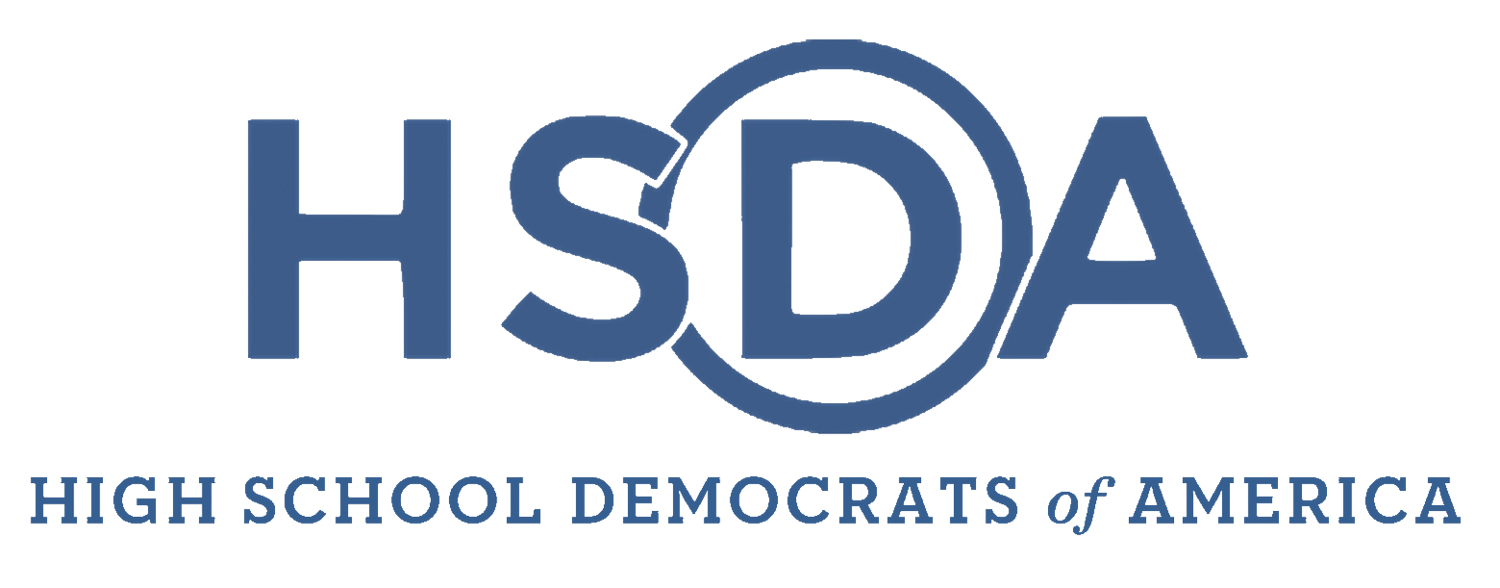Greedflation or Conflation?
Article by David Salinad
It is mid-2020, and nobody knows anything except that they do not know anything. Ignorance soon turns to fear, as once the foreign concept of a pandemic becomes more real than anybody could have initially believed when lockdowns were first implemented. Yet, the COVID 19 pandemic was not the only scourge plaguing the population – at least if certain outlets are to be believed. With rapid increase in the prices of gasoline, food, and basic household necessities, greedflation, the act of companies utilizing the excuse of inflation to excessively raise their prices, is one prominent explanation offered by the media for the rise in prices experienced during the pandemic. While on a superficial level this may appear to be true, with the historically increasing concentration of firms and the suspicious way prices were raised during the pandemic, evidence suggests that greedflation is more of a myth than a reality.
Advocates of the greedflation theory argue that inflation during the pandemic must have come from an abnormal shift in corporate behavior; greedflation suddenly emerged during the pandemic because corporations saw an opportunity to exploit a crisis. There is some truth to these claims – a report by the Federal Reserve of Kansas City indicates that markups by corporations could account for more than half of all inflation during 2021. Yet, the same report notes that in the second half of 2021, markups declined, which would not be in line with a company abusing its market power. Similarly in contrast to the greedflation theory, the report also notes that all firms experienced analogous levels of markups, regardless of the level of demand experienced during the pandemic, which would not be the case if companies were making the most out of market conditions. Instead, the report posits that companies raised prices in expectation of future prices, explaining that markups fell because consumers dislike constant price changes.
Ernie Tedeschi, director of economics at the Yale Budget Lab and formerly the chief economist of the White House’s Council of Economic Advisers, lends us another helpful statistic that highlights the minimal role of greedflation. Tracking pre-pandemic margins to post pandemic margins, they nearly match up: instead of the actual 23.5 percent inflation in markups, markups would have been 21.8 percent. Furthermore, as Tedeschi explains, market concentration did not suddenly spike when COVID-19 hit. What changed was demand. People were forced to substitute their usual spending on eating out with spending on groceries, and companies could not adjust their supply accordingly as they knew that this was only a temporary phenomenon. This resulted in a shortage of many goods, and prices were subsequently raised (explain at least in part record corporate profits).
While the narrative surrounding greedflation may not be entirely untrue, there are still valuable lessons to extract from the phenomenon. Corporate concentration is a serious concern, and everyone should want to see more competition. It is easy to see why grocery stores have been an easy target for accusations of greedflation: food deserts still exist in too many parts of the United States. However, these problems should be addressed in their own right, lest we surrender the possibility of enacting real solutions to imaginary problems.
